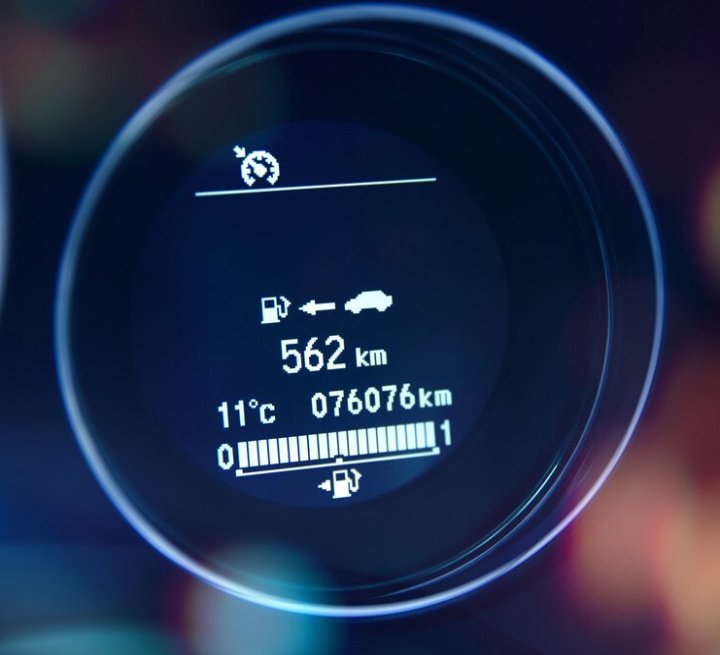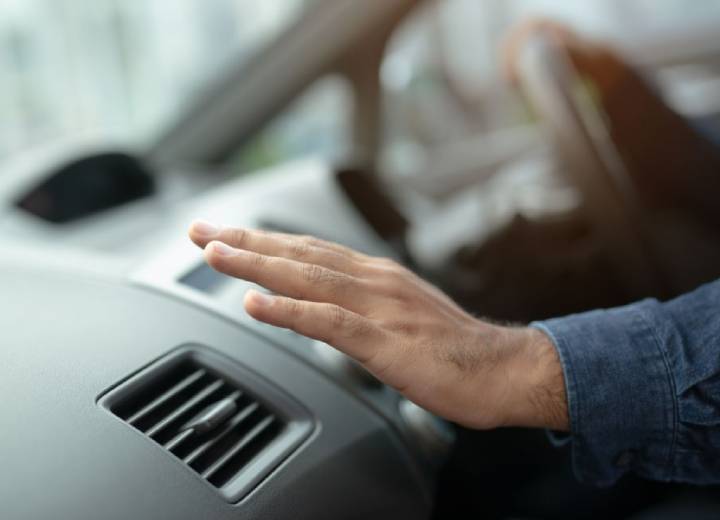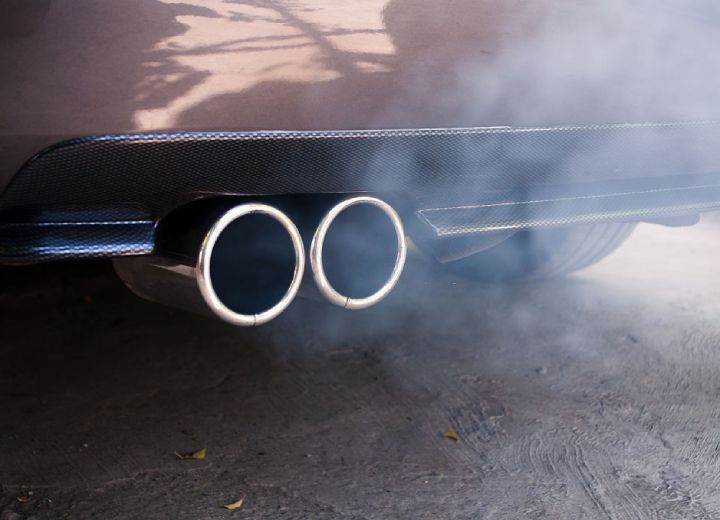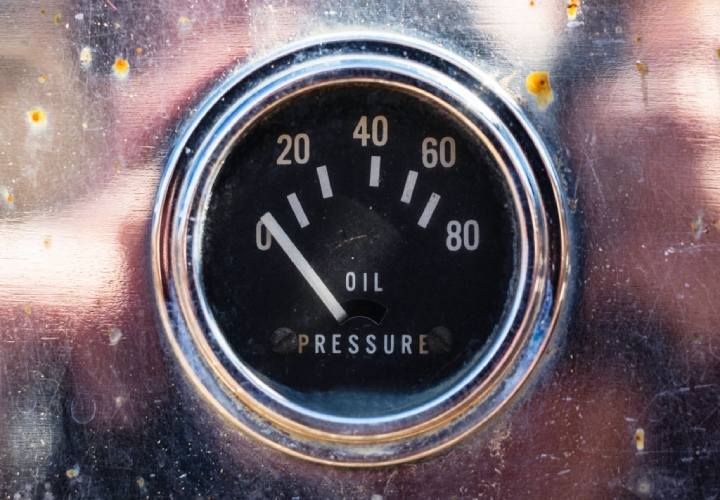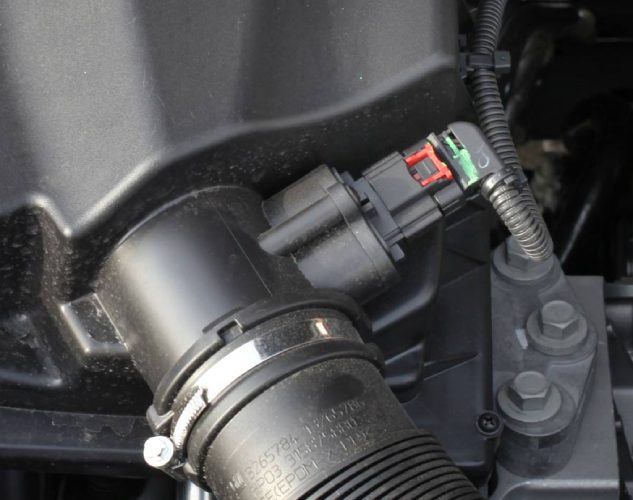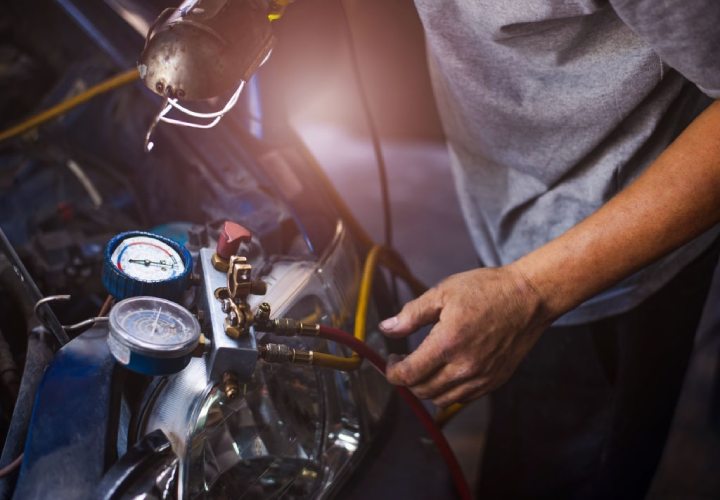ECU is an acronym for Electronic Control Unit. It is a device that electronically controls the engine and many other components in a car to ensure optimal performance. The functions of the ECU spreads across both mechanical and electrical activities in the car, such as the air-fuel mixture, ignition timing and idling speed, and variable valve timing.
The ECU uses sensors to monitor the various systems under its control. It receives inputs from the sensors and processes them before sending out commands to the different systems under its control. The ECU keeps a constant line of communication with each system and within this complex circuitry is the fuse.
Here’s What An ECU-B Fuse Means
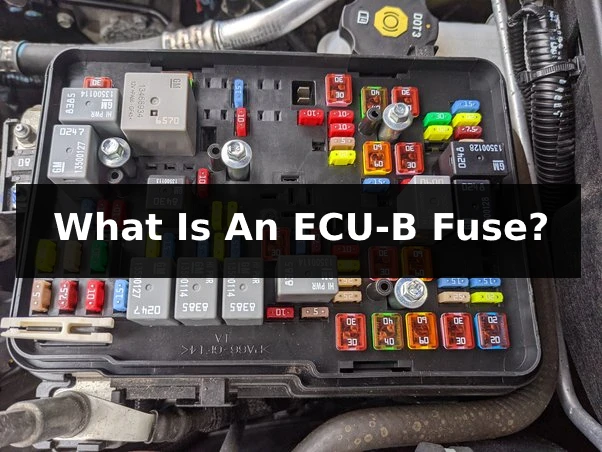
An ECU-B fuse is an electrical component used in automobiles used to protect the ECU from damage due to an electrical fault, such as a short circuit or an overcurrent condition. When these types of events occur, the fuse will blow, cutting off power to the connected device and preventing further damage. The ECU-B fuse is usually rated at 10 amps and considered relatively safe to use.
But let’s see in further detail how this process works.
Electronic devices are delicate and operate under precise conditions. One such condition is the amount of current needed. Very high or very low currents will have a negative impact on the operation of the electronic device. Although low currents pose less danger, the real problem is when a device receives too much current.
This is commonly referred to as over-amperage, and it could damage the device. To prevent this from happening, a fuse is used. Fuses (technically referred to as overcurrent protective devices) stand between your delicate electronic device and the power source. It controls the amount of current that goes to the device. To do this, the fuse is designed to allow only a certain amount of current to pass through it.
If the current is more than the specified amount, the thin strip of wire that makes the fuse will melt, and this will open the circuit. So instead of the electronic devices getting damaged by the overcurrent, the fuse takes the damage. In the same way, fuses are used in automobiles to protect sensitive components like the ECU.
Also known as the brain of the car, the ECU holds important information that helps the car to operate more efficiently. If the ECU were to be damaged in any way, the car’s performance would be affected. One of the fuses used in the ECU is called the ECU-b fuse.
Related Fuse Article: What is AM1 Fuse? Meaning and What Causes it To Blow Out
What Does An ECU-B Fuse Do?
The ECU-B fuse is one of two fuses you’ll see associated with the ECU. This fuse controls several functions in the vehicle and at the same time, it acts as a sentry guard between the battery and the ECU itself. The precise function of the ECU-B fuse depends on the type of car and model.
In some cars like the Toyota Corolla X, the ECU-B controls the main body ECU, gauges, and meters and has a current rating of 10A. For the Toyota Yaris, the ECU-B fuse has a rating of 7.5 A and controls the engine immobilizer system, daytime running light system, front passenger occupant classification system, power windows, door lock system, theft deterrent system, meter, and gauge.
Some cars have more than one ECU-B fuse. The Toyota Hilux (8G) is a prime example with 4 ECU-b fuses that perform more functions than that on the Yaris and Corolla X combined. Also, each ECU-b fuse on the hilus has a different amp rating and takes on a specific function. The ECU-b (1) is a 10A fuse that controls the 4WD as well as the multiport fuel injection system among other things. ECU-b (3) is also a 10A fuse that shares controls of the fuel injection system but is also in control of the ECM. ECU-b (2) and (4) are 10 A and 25A fuses respectively that also control some of the electronics in the vehicle.
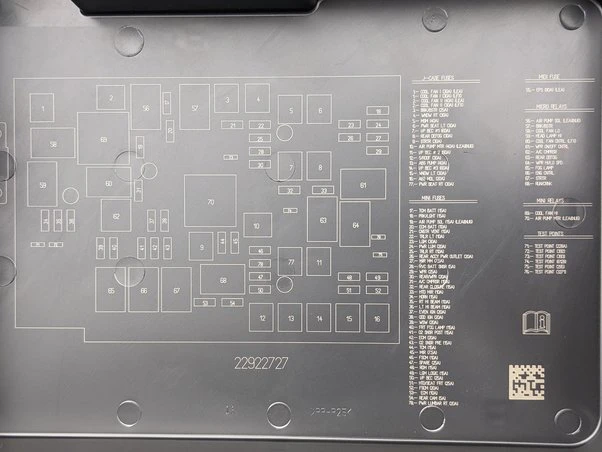
Where Is The ECU-B Fuse Located?
The location of the ECU fuses will depend on your car and model. There are three locations where you can find the fuse boxes. One is in the hood right beside the battery, the second is behind the glove compartment in the front passenger seat, and the third is under the steering column.
For most cars, the ECU fuse box is located in the hood (or engine bay).
To access the fuse, you have to pry open the fuse box (which could either come off completely or hang on a hinge). When you open the fuse box, you should see the fuse diagram on the cover you just pried open. The diagram usually has an inscription (in this case ECU-B) as well as numbering to help you easily distinguish one fuse from another. The same goes for cars having the fuse box in a different location.
What Does an ECU-B Fuse Look Like?
The ECU-B fuse looks exactly like other fuses in the fuse box. The exact design and color of the fuse might differ with the type and model of the car. The same goes for the location of the fuse. On a general note, most manufacturers go with either red or blue color for the ECU fuses with two pins that complete the circuit when plugged into the fuse box.
Common Causes of a Blown ECU-B Fuse
I talked about the role of a fuse in your car’s electrical circuit. Now if you find out that one or more fuses are blown it points to one thing, there is a short in the electrical circuit. A short (short circuit) can occur for any number of reasons and when it happens, the electrical circuit is overloaded. This can send a spike of electric current along the circuit or generate so much heat that can result in a fire outbreak. To prevent either of these from happening, the fuse will blow off. Here are common causes of a blown ECU-b fuse.
Frayed wires
Electrical wires in a car are exposed to constant heat and sometimes friction. This builds up over time and eventually, the rubber insulation that protects the wires will either melt away due to the heat or fray, exposing the wires underneath. An exposed wire is dangerous because it can shock you if you ever happen to come in contact with it. But not to belittle getting shocked, something worse can happen.
The wires may come in contact with the metal frame of the car or other exposed wires and cause a short circuit. Looking at how many electronic components are interconnected in the car, you’d agree that a short circuit is rather expensive if there’s no quick intervention.
If one or more devices controlled by the ECU-b fuse are connected to an exposed or frayed wire, they are likely going to get damaged. To prevent this from happening, the ECU-b fuse will blow up. Replacing the ECU-b fuse without first dealing with the wires will only cause the fuse to blow again in a very short time. This is why most drivers complain that the ECU-b fuse keeps blowing up repeatedly. Check the wires, you may need to replace them.
Water damage
If water gets to the wrong part of your car, it can short-circuit the electrical wiring or even damage an electronic component. For the most part, electrical components are insulated from water damage to an extent. But that doesn’t mean it is waterproof and it all depends on the water level. Very high water levels like a flood can easily find their way into enclosed parts of the car and cause corrosion.
External components like the side mirrors and lights also get damaged over time when the water eventually breaks the seal and leaks into the system. Water can corrode wire terminals, and metallic components and even sabotage electrical devices all of which could result in a short circuit and a blown ECU-b fuse.
Faulty or defective component
One of the most common issues drivers face is having a fuse blown when they are about to perform a regular activity like reversing the car, turning on the radio or AC, or using the rearview mirror. The reason is that to perform these “simple” actions an electrical circuit must be completed. If the device in itself is damaged or faulty, then it can be a point of short circuit.
In such cases, replacing the fuse is only a temporary solution to the problem, a more permanent solution will be to replace the faulty component as well. Sometimes, it is easy to detect which component is the culprit and at other times it isn’t. You may need to carry out a trace to find out where the fault is coming from.
Using the wrong or bad aftermarket fuse
ECU-b fuse comes with a specific rating. If you had this changed before and also replaced the defective device or wire, yet the fuse keeps blowing, then the fuse itself might be the problem. A bad aftermarket fuse or one with the wrong rating will not last very long. So make sure you buy from a reputable dealer and also check that the fuse rating is accurate to avoid a premature meltdown.
Related Fuse Article: What Is An ATC Fuse and How Does It Look?
What Should You Do When an ECU-B Fuse Blows Out?
The first thing to do is to find out why the fuse had blown. Check the wires, check the electrical components, see if there is any trace of water damage like corrosion residue, and check the fuse relay, and the fuse rating.
Although you’ll have to replace the fuse, you also need to make sure that there is no fault somewhere that keeps shorting the circuit. However, I have to mention that fuses degrade with time and eventually fail. So a blown fuse does not always mean an electrical fault or defective component.
Cost of Replacement?
Fuses may vary in price and the more complex the circuit, the more complicated the fuse is likely going to be. The ECU-b fuse plays a special role in the internal circuitry of a car. This means it is likely going to cost more than the average fuse which usually goes for about $10 to $20.
Replacing the fuse is not a problem because you do not need any technical experience to do so. Once you locate the fuse box and pry the cover open, all you need is a fuse puller or plier. So basically, your only expense is purchasing the fuse itself.
Can I Drive My Car with a Blown ECU-B Fuse?
No. Although in some cars, you might still be able to drive without the ECU-b fuse, in most cases, you will run into trouble doing so. It all depends on what the ECU-b fuse is controlling. In the Toyota Hilux 8G I mentioned earlier, one of the ECU-b fuses controls the multiport fuel injection system. If that fuse blows, the engine will stop working. Perhaps you own a different car/model, but one thing is sure, you will have a hard time driving with a blown ECU-b fuse.
Conclusion
The ECU-b fuse stands for Electronic Control Unit – Body fuse. That is to say, the fuse controls the main ECU body and a host of other functions. A blown ECU-b fuse is problematic and could mean there is a bigger problem with the electrical circuit of your car.
One sign of this is that the ECU-b fuse keeps blowing up after it has been replaced. If this is happening to you, then you need to schedule an appointment with the mechanic to find out what is causing the problem.
Iliah is the co-founder of Mechanic Ask, where he writes detailed step-by-step tutorials for repairs and mods. He also posts videos walking through things like engine swaps, suspension lifts, and tuning chips. Iliah uses his blog as an educational resource for car enthusiasts based on the knowledge he’s gained from 15 years as an ASE-certified master technician. His repair manuals provide even novice readers the confidence to take on big projects.

